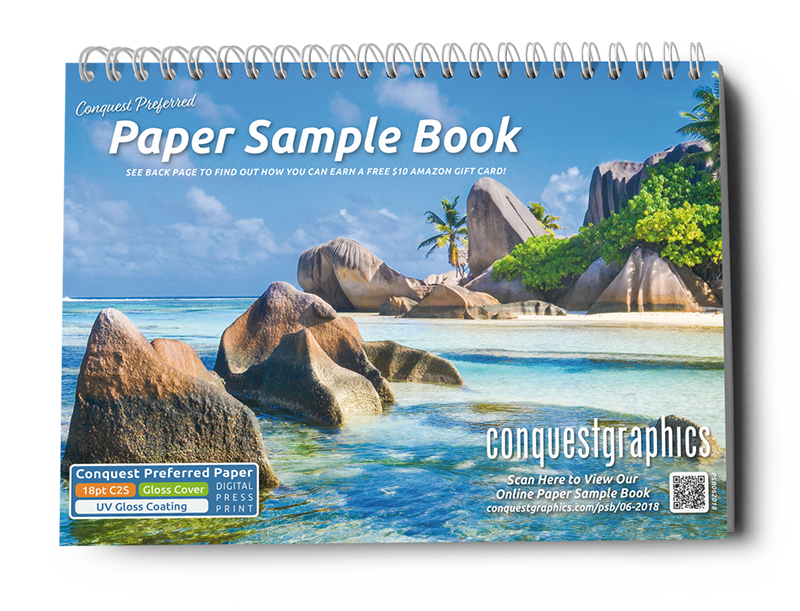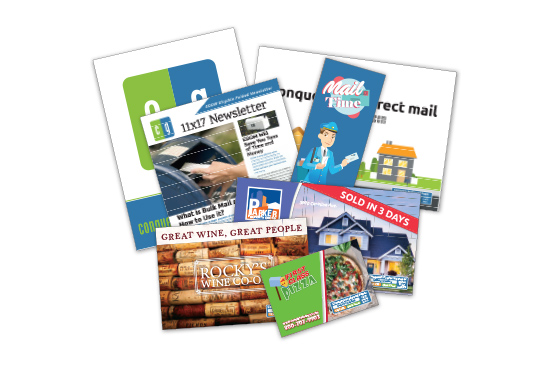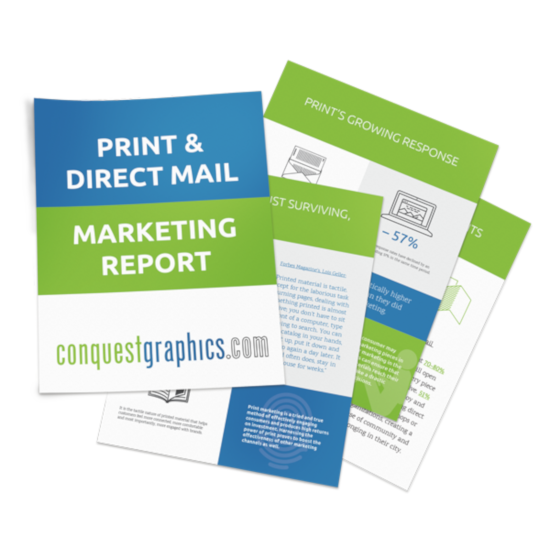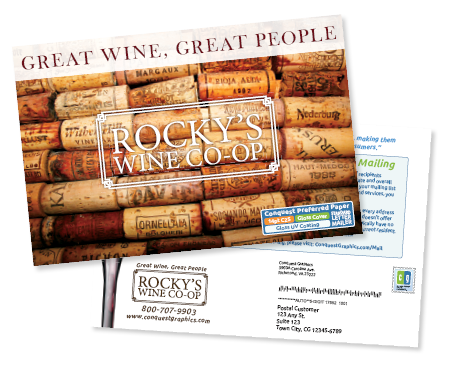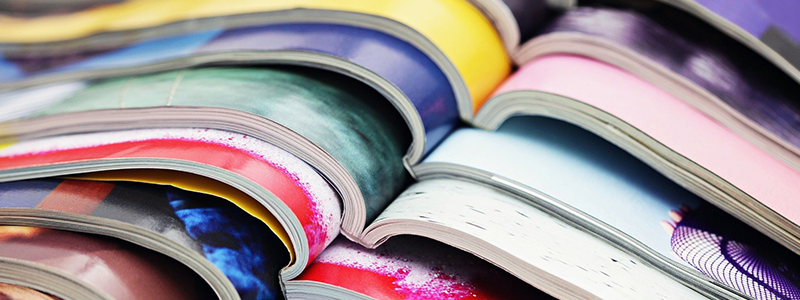
There are times when your printed materials or direct mail advertisements exceed more than one sheet of paper for each printed piece. Which means they are going to need to be fastened together to create one material, otherwise you would be handing out or mailing loose papers in an unorganized way.
That’s where print binding comes into play, and there are many different binding methods for you to choose from and each option has a specific purpose to help you deliver the right message for your goal.
What is Print Binding?
Print binding is the fastening together of individual sheets of paper allowing for materials like catalogs, booklets, magazines, calendars, books, and more to be created. The binding process usually consists of stitching, gluing, stapling or punching holes and connecting pages with wire or plastic. Each type of binding creates a “spine” which refers to the edge of your booklet, catalog, or magazine where the individual pages are connected.
These methods of binding make sure that each page is secured together to create a unified and durable printed material.
Print Binding Methods
When choosing a binding method, it is important to choose the right one for your business. Each method has different effects on your budget, and each one differs in appearance, durability, and certain restrictions. Whether you are printing a photo book, a user manual booklet, or product catalog, the bind you choose for your printing project will say a lot about the message you are delivering.
Luckily, we have everything you need to know on what each binding option is along with the advantages and disadvantages of each to help you choose the right option for you.
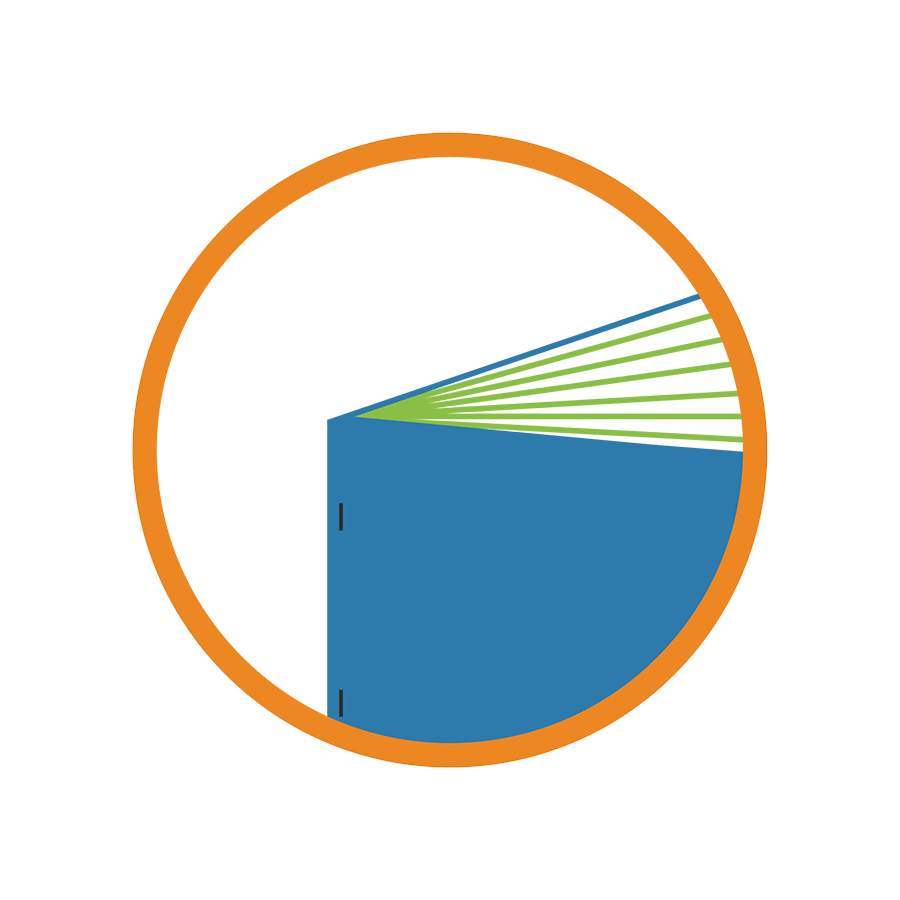
Saddle-Stitched
Saddle-stitch binding refers to the type of binding where each page is gathered and stacked, and then folded together in nested order creating signatures or groups of pages that are divisible by 4. Along the folded edge or spine of the multi-paged material, 2-3 staples are punctured or “stitched” to attach the pages together.
Saddle-stitch binding is typically used for catalogs, booklets, programs, calendars, magazines, comic books, coloring books, and more.
What are the advantages of saddle stitching?
There are many benefits of saddle stitching, including being the cheapest binding method making saddle stitching the best option if your business is just starting out, has a limited budget, or frequently prints, like mailing monthly magazines or catalogs.
Saddle-stitched materials are great for low quantity and short run production runs. Along with this advantage, saddle-stitched materials are also perfect for direct mail campaigns as they use less pages making them weigh less and resulting in lower postage costs.
Also, saddle-stitched materials lay relatively flat when opened making it easy to read the inside contents or write in.
What are the disadvantages or saddle stitching?
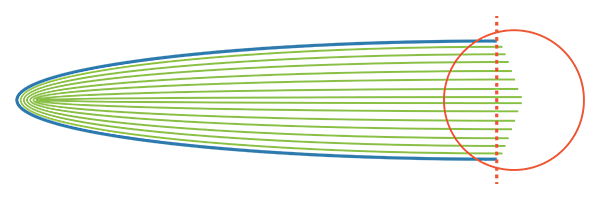
One disadvantage to saddle stitching is that the number of pages you use needs to be carefully considered. Not only do pages need to be divisible by 4 but there are also page count and paper weight limitations due to the issue of “page creep”. Page creep is where the inner pages begin to stick out further from the cover page. This can be avoided by trimming the opening edge, however, to avoid losing any of the printed content, page counts should not exceed 92 pages and in situations where thicker paper weights are used, page counts should not exceed 64 pages.
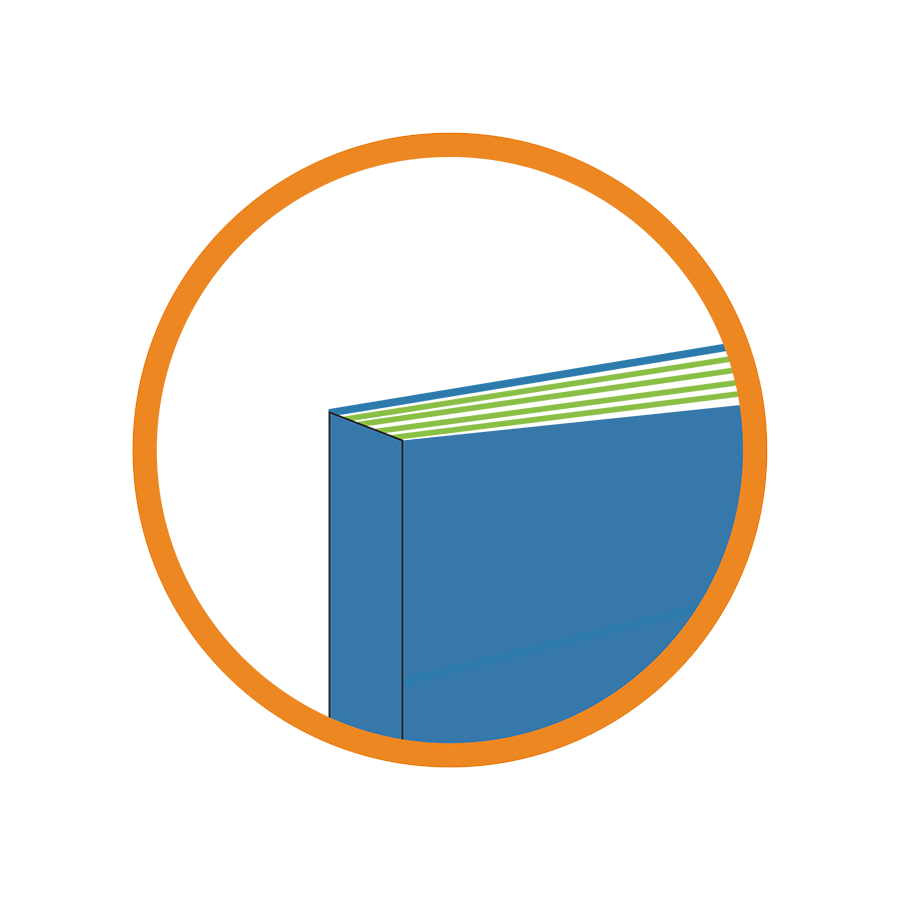
Perfect Bound
Perfect binding is the type of binding you see with paperback or soft cover books or thick catalogs. This method of binding is where each sheet of paper is stacked on top of each other, and a glue is applied to the edge where the spine will be. The cover is then wrapped around the stacked inside pages and secured by the glue.
Perfect binding is typically used for high page count catalogs, magazines, booklets and books like photo books, cookbooks, coffee table books, children’s books, art books, user manuals and more.
What are the advantages of perfect binding?
Perfect binding does not involve folding of pages meaning there is no worry about page creep and the page count can be much higher as long as the pages are divisible by 2.
A big advantage of perfect binding is that the spine of perfect bound materials is flat or squared off allowing for content to be printed on the spine. Also, because the spine is squared off, perfect bound books and booklets stack and display extremely well.
Many businesses choose to print using perfect binding because it offers a professional and sophisticated appearance compared to other types of binding
What are the disadvantages of perfect binding?
Perfect binding is the more expensive binding option. The process for perfect bound materials is much more intricate resulting in more materials and time making perfect binding slightly more expensive than saddle-stitch binding. Another disadvantage of perfect binding is that if you are looking to print materials with a small page count, perfect binding is not the best option. The minimum page count required for perfect bound materials is at least 24 to 28 pages or 40 pages depending on the paper weight you choose. This is because the spine needs to be thick enough for the glue to be applied in the most secure way possible.
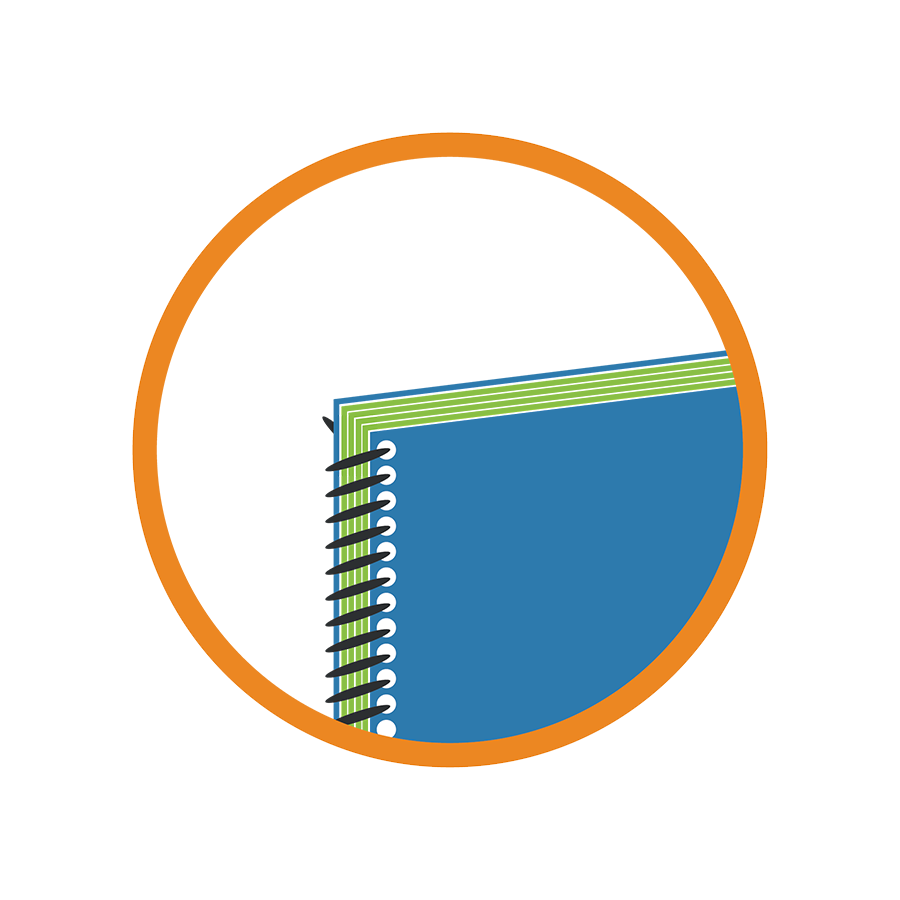
Spiral Bound
Spiral binding, also known as coil binding, refers to the type of binding where single sheets of paper are stacked one on top of the other and holes are punched uniformly along the edge of each stacked page. A long plastic, spring like coil is then weaved through each hole connecting the pages securely together.
Spiral binding is typically used for journals, handbooks, calendars, workbooks, manuals, guidebooks, and more.
What are the advantages of spiral binding?
Spiral bound materials can accommodate a wide range of page counts and paper stocks or paper weights as long as the page count you choose is divisible by 2. Another benefit of spiral binding is that the spine allows for the printed materials to lay completely flat when opened at 180 degrees. Pages can also be flipped 360 degrees without any damage to the spine or pages while making it easy to read or write in.
With spiral binding, the plastic spine can be removed to add or remove pages whenever needed. Also, because of the plastic spine, spiral bound materials are extremely durable making them perfect for booklets and books that need to be carried around or accessed frequently.
What are the disadvantages of spiral binding?
Although much more durable, spiral binding does not offer the most professional look compared to perfect bound or wire-o bound materials. Spiral binding it also more expensive compared to saddle stitching due to the process and materials used.
If you are looking to add or remove pages from your spiral bound materials, it is important to be careful as depending on the thickness of your paper used, the pages can tear when removing and reassembling the spine.

Wire-O
Wire-o binding—also known as wire binding or double loop binding—is a method of binding where pages are stacked together, and holes are punched uniformly along the edge of the stacked pages (similar to spiral binding). A metal wire is then bent into a back-and-forth c-shape to create a wire comb. Each end of the c-shaped components of the wire are then placed into the punched holes and clamped close to securely connect the pages together.
Wire-o binding is typically used for reports, wall calendars, cookbooks, documents, directories, and more.
What are the advantages of wire-o binding?
Like spiral binding, with wire-o binding the printed product can lay completely flat when opened allowing materials like wall calendars to lay flush against the wall or having reports stay opened for easy following along during presentations. The pages can also be flipped 360 degrees with no damage to the pages or spine. Another advantage of wire-o binding is that due to the process required, the metal spine provides a secure connection of pages that will not unbind.
Similar to perfect binding, wire-o is considered to be a more professional and sophisticated binding method due to its sleek metal spine but is typically more cost-effective compared to perfect binding.
What are the disadvantages of wire-o binding?
Other than being more expensive compared to saddle-stitch binding, the main disadvantage of wire-o binding is the metal spine. Because the spine is metal, it is malleable making wire-o binding not the ideal binding method for books and booklets that need to be accessed frequently or carried around.
Also, it is important to note that if you are looking to use your printed materials in a direct mail campaign, wire-o and spiral binding will result in higher postage costs due to the added weight of the plastic and metal spines.
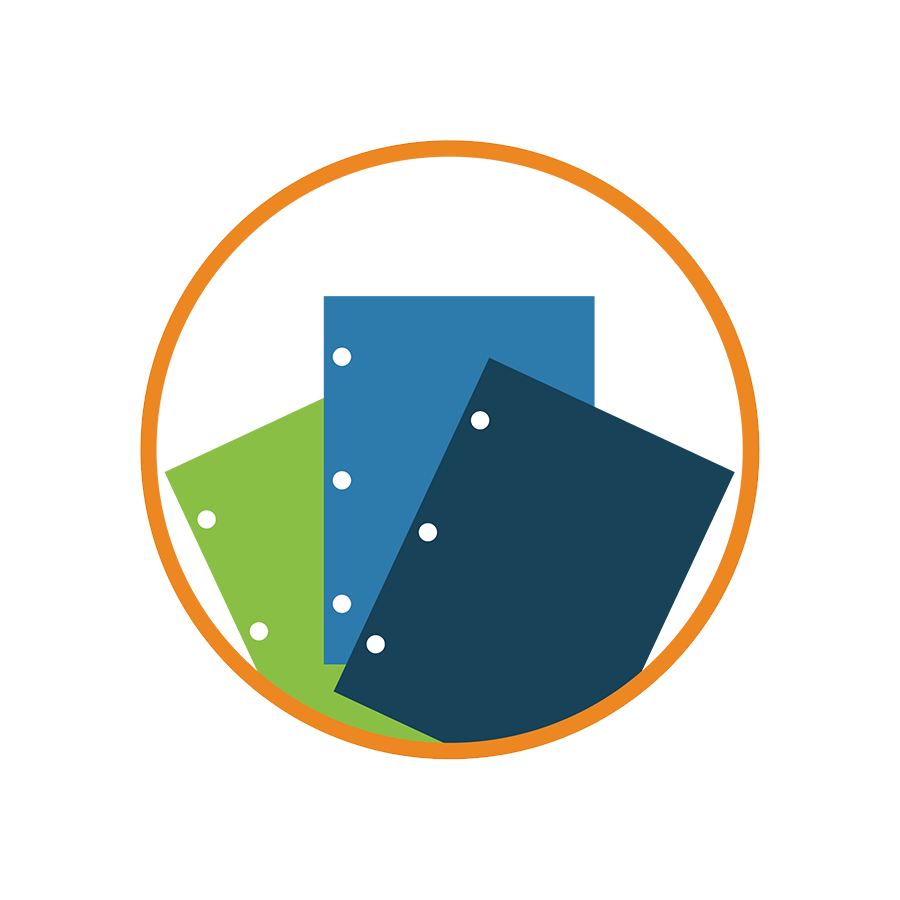
3 Hole Drilled
3 hole drilled or three-hole binding is where three holes are punched or drilled along stacked pages to create materials that can easily be inserted into a 3-ring binder. Because of the drilling technology holes can be added to virtually any printed material and can even include a single hole for materials like wall calendars.
3 hole drilled binding is typically used for reports, documents, presentations, menus workbooks, grouping materials together and more.
What are the advantages of 3 hole binding?
Advantages of using 3 hole drilling includes allowing materials to be easily inserted into 3 ring binders while allowing for materials to be switched out when needed. Having your printer drill the holes for you saves you time and money by quickly producing precise and clean holes. Also, holes can be drilled into any printed material, including saddle-stitched booklets, brochures, pocket folders and more.
What are the disadvantages of 3 hole binding?
When considering 3 hole drilling, be sure to choose a printer who has experience with this binding method and if added pages are needed down the road, stick with the same printer. This will ensure that the holes precisely line up and your materials always offer a clean and professional look.
Now that you know the types of binding along with the advantages and disadvantages of each, you are ready to get started! You can explore more about the print binding services we offer here at Conquest Graphics along with our most popular binding products by clicking below or request a custom quote for your binding project today!
Explore More Today!
